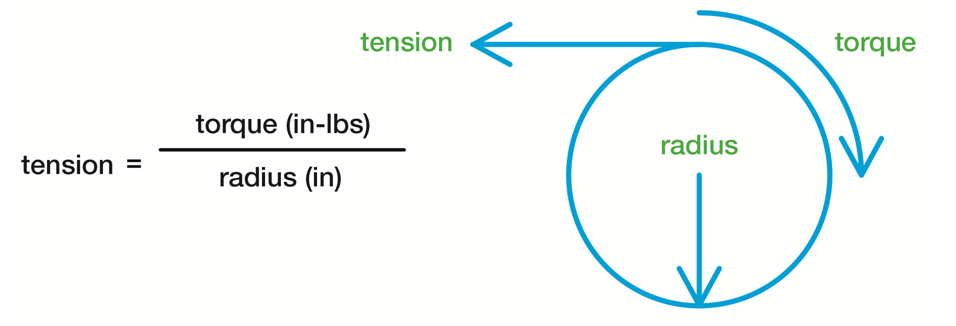Tension Control – The Types of Motor and Brakes

Web tension control is one of the most important factors affecting the quality of the print. In Flexographic printing web tension is divided into three zones: unwind (infeed), Printing (Intermediate), and rewind (outfeed). To keep substrates at specific tension in each zone, tension drives are used. The two common tension drive is motor and brakes (clutches).
There are two main types of motor tension drive, the alternating current (AC) motor, and the direct current (DC) motor. DC motors can be installed in all the three tension zones mentioned above. However, DC motors are usually installed in the intermediate zone and least installed on the infeed zone. In the outfeed zone, when roll reaches large diameters, the DC motor will operate at high torque and low speed, this tends to overheat the DC motors. Therefore, auxiliary blowers are needed to cool the DC motors. The advantages of DC motor include small in size, fast dynamic response, small minimum torque output that allows low tension operation, and is more energy-efficient.
AC motor's advantage includes low cost, low maintenance requirements. However, DC motors are not available for large horsepower requirement, and torque output tends to be unstable at low speeds.
Brakes or clutches are another commonly used tension drive. The two main types of brakes include the pneumatic brakes with single or dual disks and the electric friction brakes. Pneumatic brakes have a wide torque range. Pneumatic brakes are desirable when high speeds, high torque, and wide tension strength are required.
Electric friction brakes are simpler to install as it does not require compress air and are usually cheaper than pneumatic brakes. However, electric friction brakes are more limited in its torque range when compared to pneumatic brakes and may overheat more easily. The Electric friction brakes are also known to produce squeak due to the metal to metal rubbing contact during operation.
Relevant Reading
Should I use a motor or brake for web tension control?

Article by Daywey Chen, KYMC


























